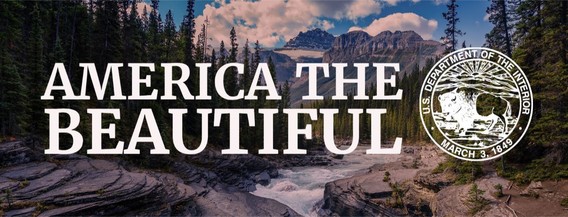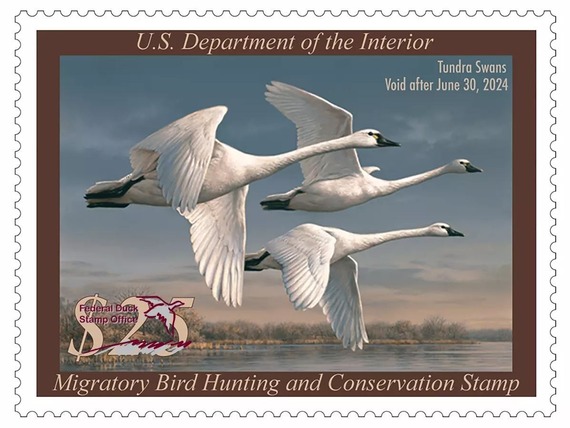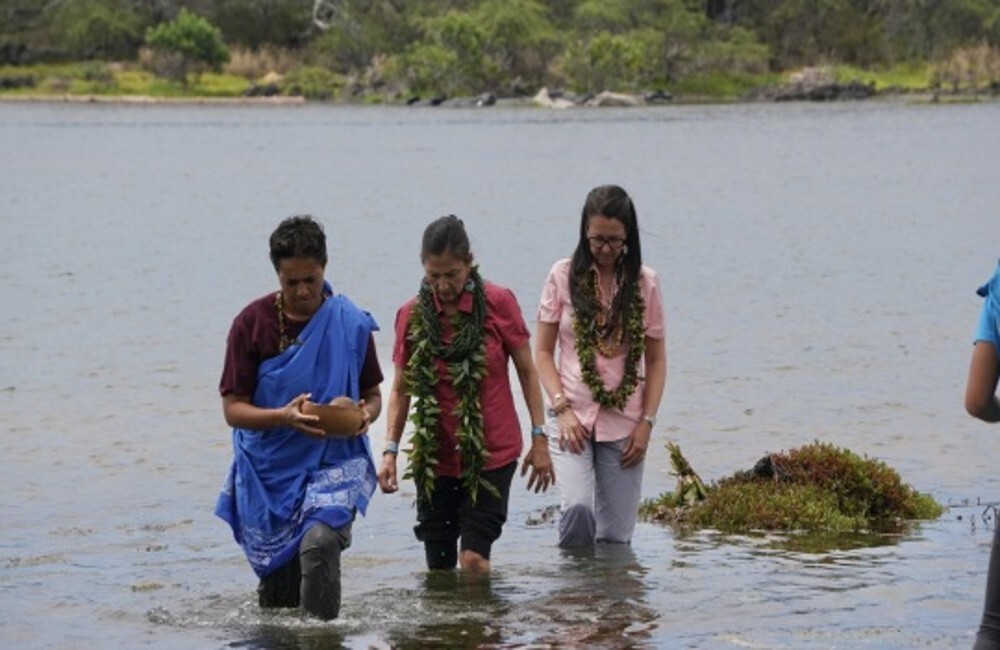 Spotlighting the Work to Restore, Connect and Conserve 30 Percent of Lands and Waters by 2030
News and Updates

The Department of the Interior announced the distribution of $295,582,830 from the Land and Water Conservation Fund (LWCF) to all 50 states, U.S. territories, and the District of Columbia. Recent changes to the LWCF Manual guide states to work more closely with Tribal Nations and clarify eligibility to ensure all federally recognized Tribes can take part in and support future public outdoor recreation and conservation projects. Since its inception in 1965, the LWCF has funded $5.2 billion to support more than 45,000 projects in every county in the country and supports increased public access to and protection for federal public lands and waters — including national parks, forests, wildlife refuges, and recreation areas — and provides matching grants to Tribal, state and local governments to support the acquisition and development of land for public parks and other outdoor recreation sites. These investments help advance the Biden-Harris administration’s

Hunters, bird watchers and stamp collectors celebrated as the 2023-2024 Federal Migratory Bird Hunting and Conservation Stamp – commonly known as the Duck Stamp – went on sale. Painted by Joseph Hautman of Plymouth, Minnesota, the new Federal Duck Stamp will raise millions of dollars for habitat conservation to benefit wildlife and the American people. His artwork was chosen from 187 entries as part of the country’s only federally regulated art contest. Since 1934, Duck Stamp sales have raised more than $1.2 billion to conserve over 6 million acres of wetlands habitat on national wildlife refuges around the nation. Improving access to the outdoors and conserving wildlife habitat are key focuses within the America the Beautiful initiative.

The Bureau of Reclamation and the U.S. Department of Agriculture’s Natural Resources Conservation Service announced 11 projects totaling $6 million to be awarded to help restore the populations of salmon throughout the Klamath Basin. Partnering with the National Fish and Wildlife Foundation to administer funds, the restoration-focused grants will be combined with matching contributions to bring the total to nearly $15 million. Projects will improve riparian and instream habitat, promote fish passage, and support long-term restoration and resilience from Oregon to California. Enhancing habitat connectivity, including fish passage, as well as supporting restoration projects to strengthen our economy are central to the America the Beautiful initiative.
A comprehensive plan to protect salt marsh along the coast from North Carolina to east central Florida has come is underway. In South Carolina, a coalition of over 75 individuals, including those from the Coastal Conservation League, the South Carolina Department of Natural Resources, the U.S. Department of Defense and local land trusts have worked together to recognize primary threats to salt marsh and identify ways to conserve the important habitat. The plan includes two key strategies: first, protect and restore the health and functions of existing salt marshes, and second, conserve marsh migration corridors, including removing or retrofitting barriers to ensure salt marshes can shift as sea levels rise. With the collaboratively developed plan in place, partners are now moving to implementation.

Secretary of the Interior Deb Haaland spent a week in Hawaiʻi, where she forest bird species, strengthen the Native Hawaiian Community, and invest in the science and infrastructure that support our public lands and waters. In . The funding will support a new Hawaiian Forest Bird Conservation Keystone Initiative, which was unveiled as part of the Department’s Restoration and Resilience Framework. The Framework is guiding $2 billion in investments from the Bipartisan Infrastructure Law and Inflation Reduction Act to restore lands and waters and advance climate resilience. On Oʻahu, the Secretary lifted up the Department’s work to advance co-stewardship opportunities with Indigenous communities by touring three Native Hawaiian Community-led efforts located within the Heʻeia Koʻolaupoko watershed. Efforts like these help advance the America the Beautiful initiative, supporting Native-led priorities to conserve, connect and restore the nation’s lands and waters.
###
|

